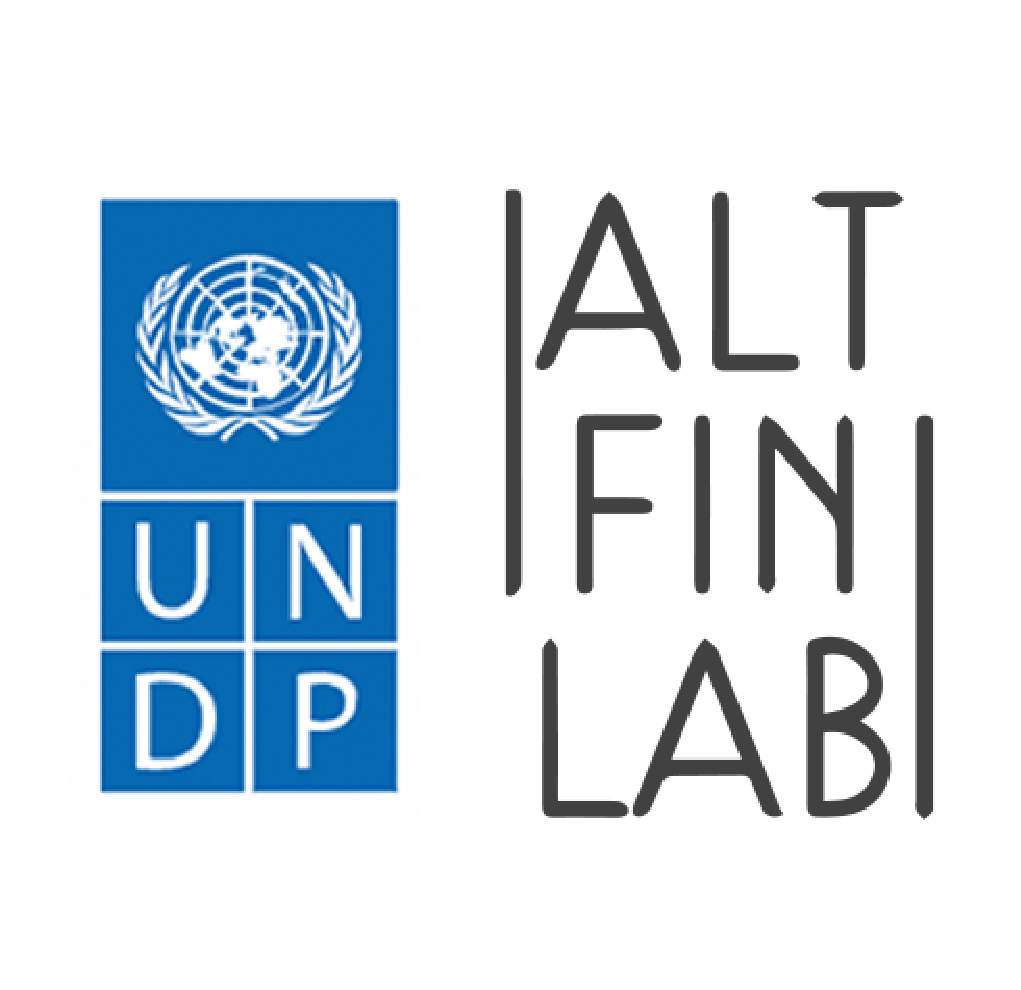The DSF team was extremely pleased to have been represented on the etc.venues stage from Liverpool Street on the 5th December by none other than Dr. Jiahua (Java) Xu - the head of science - who has been outstanding in leading the research team and utilising her specialty in financial computing to follow the way in which cryptocurrencies and market behaviour are constantly evolving with real-world applications.
Alongside Java, the audience physically in-attendance and online were able to hear the respected opinions of Andrei Kazantsev (Goldman Sachs) and Ijeoma Okoli (The Digital Economy Institute) on matters relating to their individual areas of professional expertise in investment banking and financial regulation respectively to provide useful clarifications and recommendations for the progression of the digital asset class.
The panel started off by assessing the general level of interest as gauged from the aforementioned distinct groups of stakeholders and industry players that currently compose the crypto and digital assets space.
Speaking on behalf of traditional investment entities and financial services, Andrei clearly explained that in the broader sense, institutional investors are more inclined to consider innovative ways of allocating their portfolios - especially towards use-cases that feature blockchain technology dedicated to improving balance sheet management and RWA (Real World Asset) tokenisation for bond issuance.
However, he also stressed that for the moment, those who are offering such services - like Goldman Sachs - are doing it only along the lines of settled crypto derivatives and without any direct exposure to the underlying assets. Considering that the landscape of 2023 is far different to that of 2020 due to the series of large-scale scandals, Andrei noted that many hedge funds are no longer comfortable to transact on CEXs (Centralised Exchanges) as before, and would much rather prefer to partner up with more trusted organisations that operate therein.
From a retail investor perspective, Java expressed her concerns for the remaining issues of speculation when considering entire market activity. Particularly, her thoughts on the lack of standardisation, unclear accounting mechanisms, and absence of universally-accepted reporting disclosures echoed the kinds of challenges many individuals continue to consider when deciding whether or not to invest in cryptocurrencies and blockchain-enabling solutions.
To that end, Java stresses the need for greater transparency in the business models and cash flows that underpin the myriad of teams who are endlessly pushing out crypto and DLT-based projects into existence today.
In this discourse, Ijeoma provided her legal and compliance-related considerations that are being followed (and not). “Regulation by enforcement” is a commonly heard phrase for describing regulatory efforts in the US - perhaps a bit less so in the wake of considerable wins for the SEC (Securities and Exchange Commission) that include giants Coinbase, Kraken and Binance all being fined for similar instances of perceived rule-breaking across platform staking, coin selections, and AML (Anti-Money Laundering) procedures - but nevertheless, a focal point to transition it to a forward-looking framework for encouraging US innovation to prosper.
The moderator then naturally moved the topic of conversation towards the impact and structure of market makers as opposed to exchanges. When asked about it, Andrei revealed that in traditional banking and finance, the former is considered an especially important concept because market makers ensure that there is the option of a two-way price no matter the market conditions occurring, as well as the opportunity to enter more than one marketplace, while the exchange acts as the “rule-setter” outlining how the trading activity is to be conducted.
Java responded with a clarification of how this is different in DeFi (Decentralised Finance). Market makers here do not rely on third party executioners of trades per se, but more on AAs (Autonomous Agents) that fulfil such processes in an automated manner. More importantly, she stressed the risk in such a system that is built in a decentralised manner, and Andrei echoed the risk of limited disclosures to retail investors who are actively making trades.
As both Andrei and Ijeoma agreed, there is a clear need for better controls put in place, in particular where DEXs (Decentralised Exchanges) are concerned. Right now, as Java pointed out, liquidity providers are more or less incentivised by the ability to place and take out their chosen value (unless they are locked for a period of time) by the yield that is granted from liquidity pools, as well as the positive market rally for a price of a particular cryptocurrency or token. However, this means that there is a “passive” risk management style in place, which can lead to dangers such as some trading pairs being drained on one side, leaving some retail investors without any liquidity to swap back their holdings.
In the final section, the panel looked at other aspects such as the role of emerging markets and how to better create a cohesive global ecosystem that went beyond the scope of any single nation. Here, Ijeoma spoke on the importance of considering the interest of foreign investors, not just US-based, and the syncing of regulatory activities across the UK, Europe and Asia for a greater effect. Thereby, Java also noted how important it was to consider the socio-economic realities of disparate geographies. Specifically, she referred to how regions where the local currency may be devalued and experiencing a prolonged scale of inflation, may opt to settle payments in stablecoins and as a result, have a much better infrastructure set in place to enable ongoing public on/off-ramp activities.
In summary, following in the footsteps of success of the entire FT summit event, this panel did a fantastic job of evaluating the recent waves of the crypto and digital asset developments and painted a pretty vivid picture of how we should move forward.





%20(2).png)
.jpg)
.avif)

